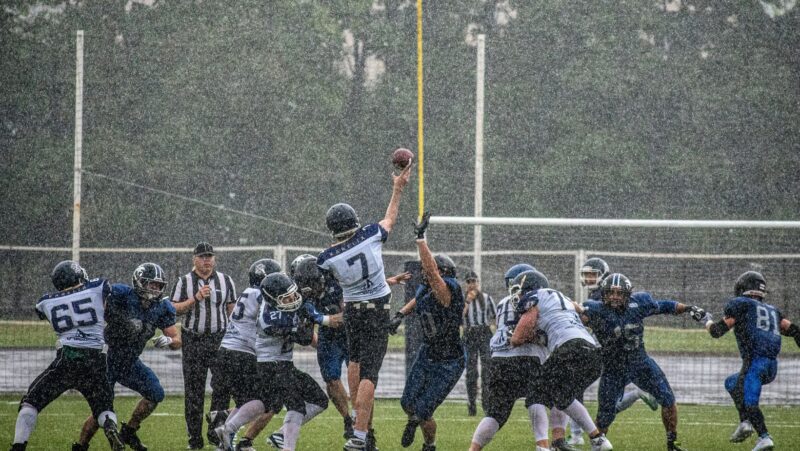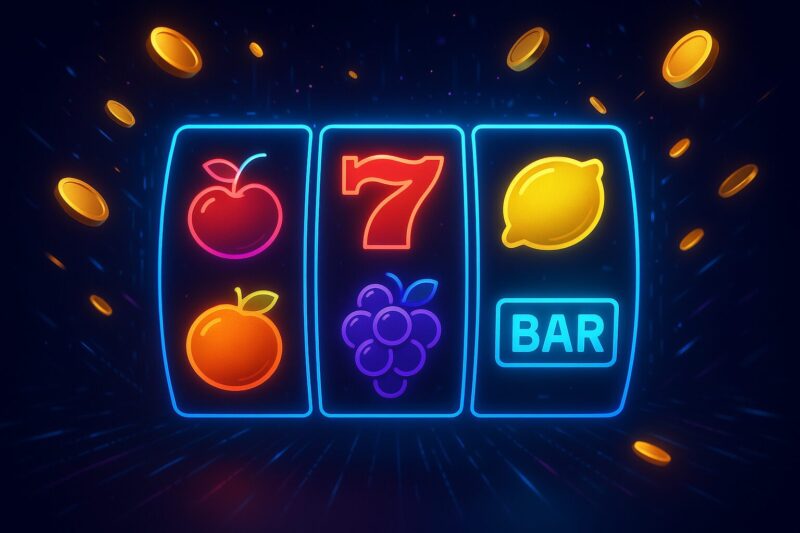
Parlays are the glitter of sports betting—dazzling payouts for a small stake, but with risk that multiplies fast. If you’re curious about building parlays like a pro, this guide walks you through what a parlay is, how to construct smarter tickets, and how to protect your bankroll. You’ll get practical tips, common pitfalls to avoid, and a simple framework you can use today.
What is a Parlay?
A parlay combines two or more selections into one bet. All legs must win for the ticket to cash. Because the odds multiply, your potential payout is much higher than betting each leg individually. The trade-off? The true probability of hitting every leg declines with each selection you add. Parlays are best treated as high-variance shots, not your daily bread.
Key takeaway: Parlays amplify both reward and risk. Use them strategically, not constantly.
Pros and Cons at a Glance
Pros
- Bigger payouts from small stakes.
- Flexible creativity: mix moneylines, spreads, totals, and player props.
- Entertainment value: one ticket can cover multiple games or even multiple sports.
Cons
- Lower win probability as legs increase.
- Hidden correlation traps (e.g., stacking multiple props from the same game incorrectly).
- Bankroll volatility if overused or oversized.
How to Build Smarter Parlays
- Keep It Tight (2–3 Legs Max)
The biggest mistake is chasing five, six, or seven legs for a lottery payout. Two or three strong edges will often deliver a healthier balance of probability and return. - Prioritize Market Inefficiencies
Parlays magnify whatever edge (or lack of edge) you have. Focus on legs where you’ve identified value: mispriced totals, injury-driven line moves not fully priced in, or matchup edges (e.g., elite run defense vs. run-heavy opponent). - Avoid Negative Correlation
Be mindful of how legs interact. If you like a favorite to win big, pairing that with the opponent’s QB passing over might be contradictory. Conversely, positive correlation can be powerful when allowed (some books restrict it), such as pairing a team to win with their QB over passing yards in pass-heavy scripts. - Shop Lines, Not Just Odds
A parlay is only as strong as its weakest price. Small improvements—like moving from -115 to -108 on a spread—compound dramatically when multiplied across legs. - Use Alternatives Wisely
Alt lines can raise your parlay’s ceiling or improve its probability. For example, instead of standard over 47.5, consider over 44.5 at a different price if your model expects points but variance is high.
Bankroll Management for Parlays
- Stake Small, Stay Consistent: Limit parlay exposure to a small slice of your bankroll (e.g., 0.25–1% per parlay). This protects you against inevitable cold spells.
- Separate Budgets: Keep straight bets (lower variance) in one bucket and parlays (higher variance) in another. This helps you evaluate performance honestly.
- Track CLV (Closing Line Value): Even for parlays, note whether your lines move in your favor before kickoff. Positive CLV suggests your process is sound, even if variance bites short-term.
Mistakes That Kill Parlays

- Overstuffing Tickets: More legs ≠ smarter bet. Keep it lean.
- Chasing Losses: If you’re “one leg away” repeatedly, resist the urge to double stakes. Review your process instead.
- Ignoring Injury/Rest News: Late scratches or pitch count limits tank correlated legs. Always re-check news before placing.
- Falling for Narrative Over Numbers: Rivalries and revenge spots make great TV, not always great edges.
Bonuses, Promos, and “Free” Parlays
Promotions can meaningfully tilt expected value in your favor—cashback on one leg, profit boosts, or insurance if one selection loses. If you’re hunting deals, look for reputable offers that reduce downside. Many bettors keep a short list of go-to promos for big slates (Sundays for football, Saturdays for soccer).
If you’re exploring offers, you might start with something like parlay gratis to compare options and learn how different books structure their free or insured parlay promos. Always read the terms: rollover requirements, minimum odds per leg, max boost, and eligible markets can make or break the true value.
A Simple Framework to Build Your Next Parlay
- Define the Story: What needs to happen for all legs to hit? Write it in one sentence (e.g., “Home team leads early, opponent chases, total climbs”).
- Select 2–3 Legs That Fit That Story: Sides, totals, or props that are consistent—not contradictory.
- Price Check Everywhere: Compare lines across several books. Small edges compound.
- Right-Size the Stake: Use your parlay budget cap. Do not escalate because “it looks great.”
- Re-Check News and Weather: Especially for totals and player props.
- Record the Bet: Note odds, stake, and reasoning so you can learn from results.
Responsible Betting Matters
Parlays can be fun—especially during big events or multi-game slates—but they’re still high-variance bets. Set limits, use tools to pause or cap deposits if needed, and remember that “entertainment expense” is a valid frame. The best bettors play a long game: disciplined stakes, steady process, diligent review.
Conclusion
Parlays offer thrilling upside, but they demand sharp discipline. By keeping tickets lean, aligning legs to a single game script, shopping for the best numbers, and leveraging promos wisely, you can take smarter swings without torching your bankroll. Treat parlays as strategic, occasional plays—not a daily habit—and you’ll enjoy the excitement with a much better chance of long-term satisfaction.












